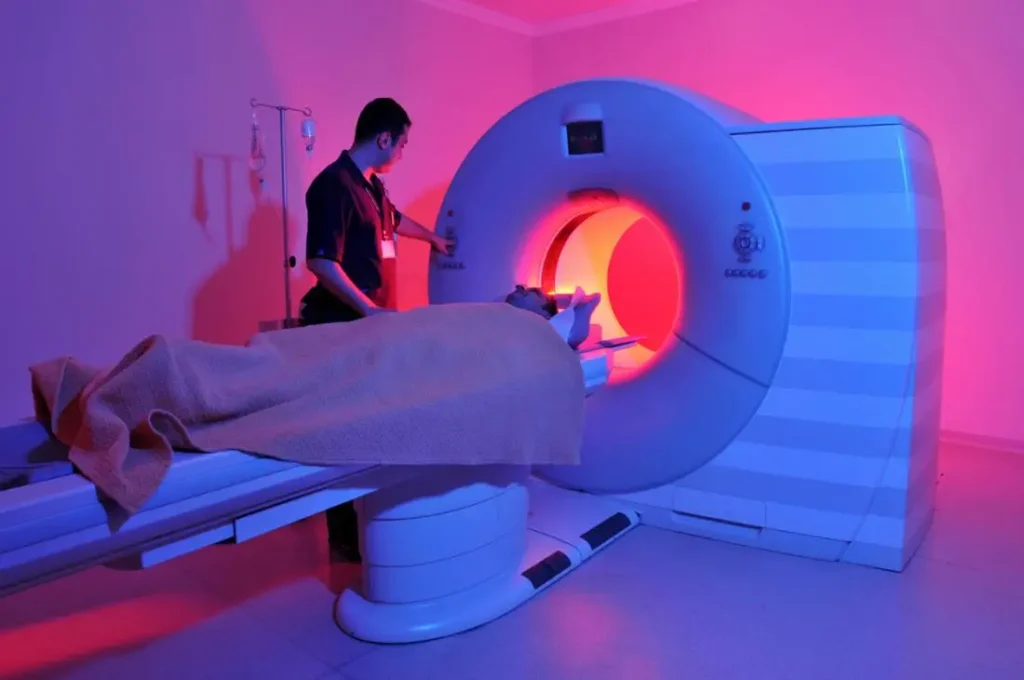What is the full form of MRI?
The MRI full form is Magnetic Resonance Imaging. MRI is sometimes referred to as MRT and NMRI (Nuclear Magnetic Resonance Imaging) (Magnetic Resonance Tomography). MRI is a diagnostic imaging method utilized in radiology to reveal more information about inside body structures than X-Ray. It can be used to generate illustrations of the anatomy and physiological activities of the human body in both health and disease.
Read Other Full Forms

How Does an MRI Operate?
Large tubes comprise the majority of magnetic resonance imaging (MRI) scanners. When you lie down inside an MRI scanner, the magnetic field briefly rearranges the water molecules in your body. When subjected to radio waves, these aligned atoms release minute signals, which are subsequently used to create cross-sectional MRI images, which are akin to bread slices. Additionally, the MRI machine can provide three-dimensional images that may be viewed from various angles.
Applications of Magnetic Resonance Imaging
MRI is utilized for medical purposes. MRI detects health issues and diseases within the human body with precision.
MRI can be used to treat brain tumors, heart attacks and strokes, head or neck injuries, brain and spinal cord disorders, joints and bones, liver and other stomach issues, uterine irregularities, and other conditions.
Comparison between MRI scan and CT scan
CT Scan full form is a Computed Tomography Scan. MRI is preferable to CT scanning because it produces superior images of the body’s internal structures and does not expose the patient or operator to potentially harmful radiation. In contrast, CT Scan poses this danger.

